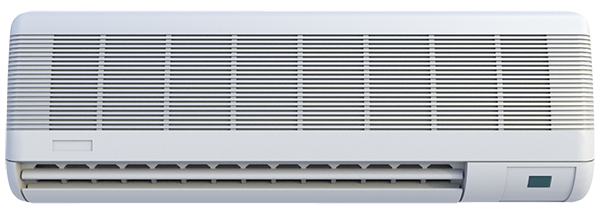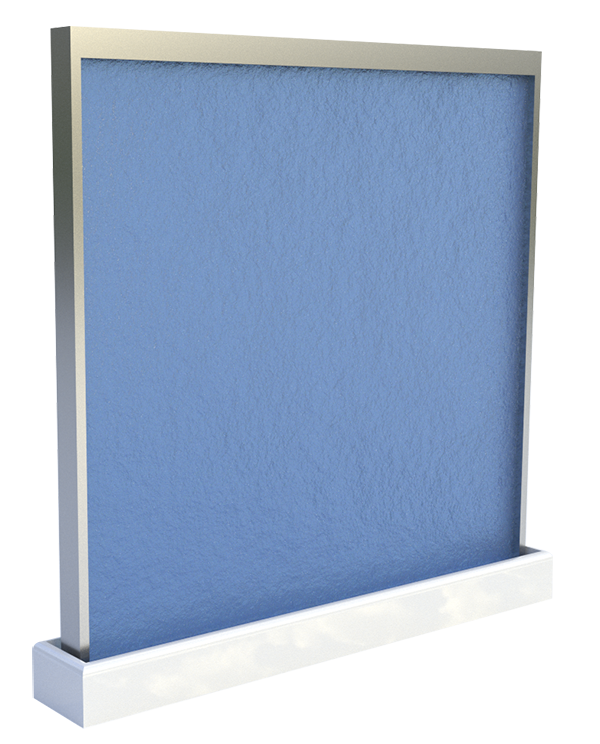Advantages of the climate control water wall
Advantages over other air conditioning systems
Traditional air conditioning devices circulate cold and dry air. This air-based form of climate control is very prevalent but not particularly efficient. As an alternative, water-based cooling elements, such as extensive chilled ceilings or cooling via component activation, have established themselves on the market. The advantage of these systems is in their dual action: they cool the passing air and at the same time create a sink for long-wave radiant heat transfer with people and objects in the space.
In doing so, they create neither noise nor disturbing draughts. Having said that, their radiant cooling power is limited, and in contrast with the climate fountain, they are not suitable for dehumidifying the ambient air. This is because, to ensure that neither condensation nor mould occur, the surface temperature of the cooling elements may not be lowered too far.
The essential advantage of the climate fountain is that it can be operated without fault at much lower temperatures. This multiplies its cooling power, also allowing the ambient air to be effectively dehumidified.
Due to long-wave radiant heat exchange with the cooled surface of the climate fountain and reduced ambient humidity, air temperatures will be found to be comfortable in themselves, even if they are a few degrees above the ordinary comfort level.
Thus, air conditioning with the climate fountain is both efficient and energy-saving.
All pros and cons on a glance
Split air conditioning units

Chilled ceilings/beams

Climate fountain

- Air cooling and dehumidification
- Noise and potential draughts
- No radiant cooling
- Energy loss through air circulation
- Hygiene problems with insufficient cleaning and maintenance
- Air cooling, radiant cooling
- Approx. 25% more efficient than split air conditioning units
- No dehumidification
- Danger of condensation or mould growth
-> Hence, cooling temperature/power is limited
- Radiant cooling combined with ambient air dehumidification
- High specific cooling power compared to surface cooling systems
- Humidification of over-dry ambient air possible
- High comfort and improvement in air quality
- Zoned air conditioning possible through radiative cooling
- Draught-free air conditioning
- Noiseless air conditioning
- Dust absorption through the water wall
- Improves room acoustics
- While cooling can be used in summer, in winter (with the outdoor unit switched off) it can be used just for dehumidification
- Saves costs by reducing load on existing air conditioning systems
- Further advantages to comfort through combination with conventional air conditioning systems
